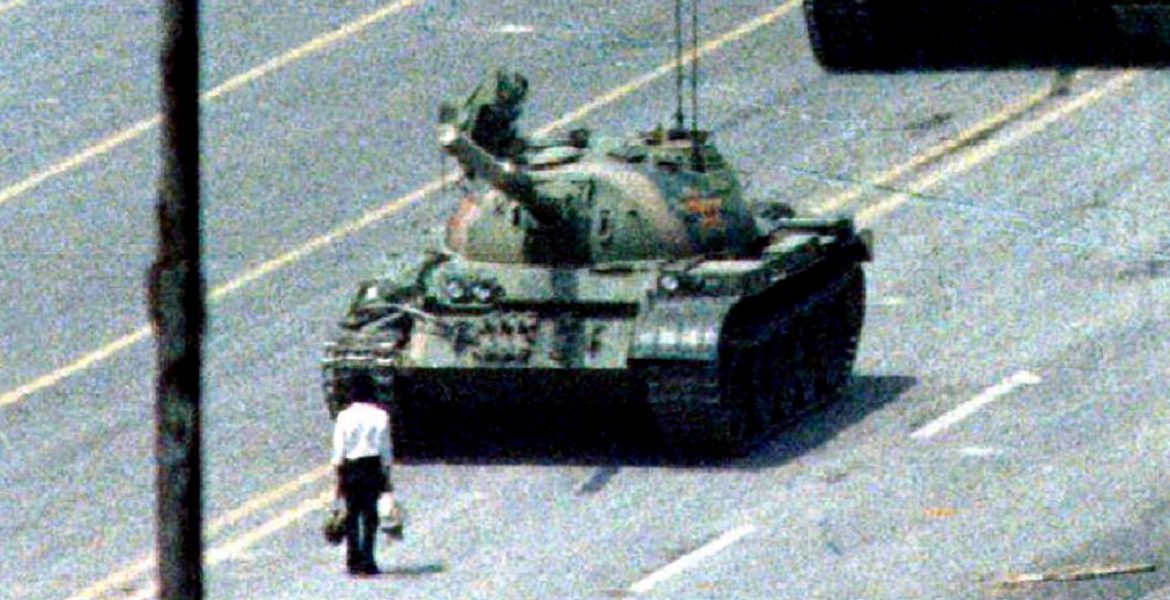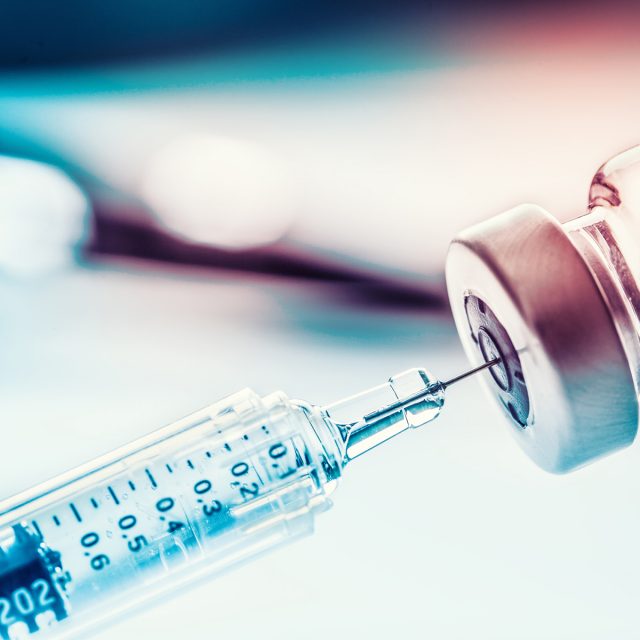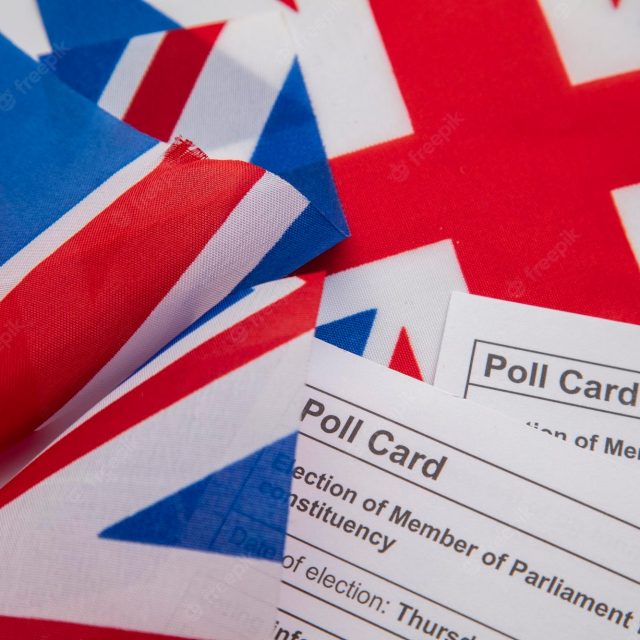Remembering the Tank Men of Tiananmen Square
June 4 marks the 32nd anniversary of the Tiananmen Square Massacre, in which thousands of civilians were brutally murdered by the Chinese Communist Party’s death squads, writes Jianli Yang. Thirty-two years later, most of the survivors, including myself, have become parents and grandparents. But despite the passage of time, this page of history has yet to be turned, because justice has never been served. On the contrary, the Chinese government continues to commit atrocity after atrocity, largely without meaningful repercussions.
The same regime that slaughtered students in the streets of Beijing is now engaged in countless other acts of oppression. Its victims include Hong Kongers, Uyghurs, Tibetans, Mongolians and Christians, as well as journalists, lawyers and human rights activists.
Today, under the tyrannical CCP regime, human rights violations are at an all-time high. Even in my darkest moment on the morning of June 4, 1989, when I witnessed tanks rolling over students on Beijing’s Chang’an Avenue, I never imagined that the CCP’s tyrannical oppression would continue unabated some three decades later.
As survivors, we commemorate the Tiananmen Square Massacre not only as a memorial for the victims, but, more importantly, as recognition of the continued struggle. In the face of the world’s most powerful dictatorship, fighting for freedom and justice is like the Tank Man standing in front of a convoy of tanks — it takes unparalleled courage and sacrifice.
The photograph of the Tank Man risking his life in protest against the repressive Chinese government is one of the most iconic images of the 20th century. For 32 years, people have wondered what became of him, but his identity and his fate remain a mystery.
The Chinese government has made every effort to suppress the truth about what happened at Tiananmen. To this day, people in China who dare to ask questions about the massacre face brutal persecution.
I was a student protester in Tiananmen Square when the massacre started. A friend and I arrived in the square on the night of June 3 just as the gunshots began. The following morning, I witnessed many civilians, mostly students, being chased down and crushed to death by PLA tanks.
The Tank Man photo was taken the next day, on June 5, while the massacre was still going on.
By any measure, the picture captures an act of heroism. But how many heroes do we see in the image?
As essayist Pico Iyer noted, “The heroes of the tank picture are two: the unknown figure who risked his life by standing in front of the juggernaut and the driver who rose to the moral challenge by refusing to mow down his compatriot.”
Not only did the driver refuse to kill; he undoubtedly disobeyed orders and risked severe punishment to save his countryman’s life.
Victimized by the same regime, these two heroic Tank Men remind us that those who stand opposite us are not necessarily our enemies. Common sense, conscience and humanity can prevail, even under brutal circumstances.
I unfortunately lost sight of this truth during an extreme moment.
After watching the Chinese troops kill innocent civilians on June 4, I saw a young soldier on Chang’an Avenue standing all by himself. He wasn’t wearing a helmet, and he was unarmed. He looked no older than a teenager.
My fellow protesters and I chased down the soldier because we were angry. I gave him a punch. More and more people gathered around and beat him. When the crowd knocked him to the ground, he yelled, “I didn’t do it! I didn’t shoot!”
I realized that a tragedy was unfolding, but it was too late to stop the violence. I left the scene without looking back. A few minutes later, I knew from the loud shouts behind me that he’d been killed, and I began to cry.
That young man, like all the other soldiers, was ordered to Tiananmen Square to slaughter the protesting students and civilians. Like us, he was powerless to stop the tragedy. Perhaps he had listened to his conscience and refused to take part in the massacre, choosing instead to be a deserter. If so, he was a hero too. A “Tank Man” in the opposite camp.
But I was not.
I let anger get the better of me. I had seen my fellow students crushed beneath tanks. I had seen people, whose only “crime” was calling for democracy, shot and killed just a few feet away from me. And so, when I saw this young soldier, I viewed him only as my enemy, and I punched him. This might be the biggest sin I have ever committed. I can’t imagine the pain he endured, or what he was thinking as he was being beaten to death by an angry mob.
For 32 years, I have been mourning him. I think about his family, and I still yearn for the day when I can find them and express my remorse.
Heroic feats often go unnoticed. That summer, on the streets of Beijing, many protesters stood face-to-face with soldiers whose orders were to kill. But some of the soldiers, like the second Tank Man, and like the deserter, chose to oppose those orders.
Remembering this, I’m optimistic that no matter how difficult the road ahead, the arc of China’s future will eventually bend towards liberty and democracy. The natural human desire for dignity and freedom will ultimately triumph over cruelty and despotism.
There are always those who will refuse to betray their consciences. Any police officer or soldier can become a hero if he is willing to shoot off-target when ordered to kill. Their names may be unknown, but, like the second Tank Man, they are worthy of our deepest admiration and gratitude.
We may never know the identity and fate of the two Tank Men, but the truth is that such heroes are all around us. Let us summon our inner strength and moral courage in the battle of freedom versus tyranny. Let us aspire to be the “Tank Men” of our times.

The Author, Dr. Jianli Yang is the founder and president of Citizen Power Initiatives for China, a Tiananmen Massacre survivor, and a former political prisoner in China. This article first appeared in "The Western Journal" and is republished here with the author's permission.




